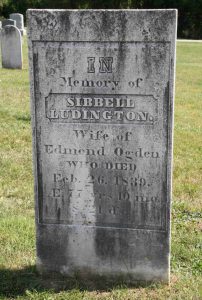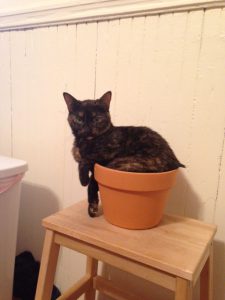
Ching Shih, born Shi Xianggu in the Guangdong Province of China in 1775, started out underprivileged, a young woman forced into a life of prostitution. But with tenacity, cunning, and sheer force, she grew into one of the most powerful and successful pirates in the history of the world.
In the brothels of Canton where she worked in her youth, she met a notorious pirate, Cheng I, from the famous family of Cheng pirates that had, for many years, terrorized the China seas. Continue reading Rags to riches





